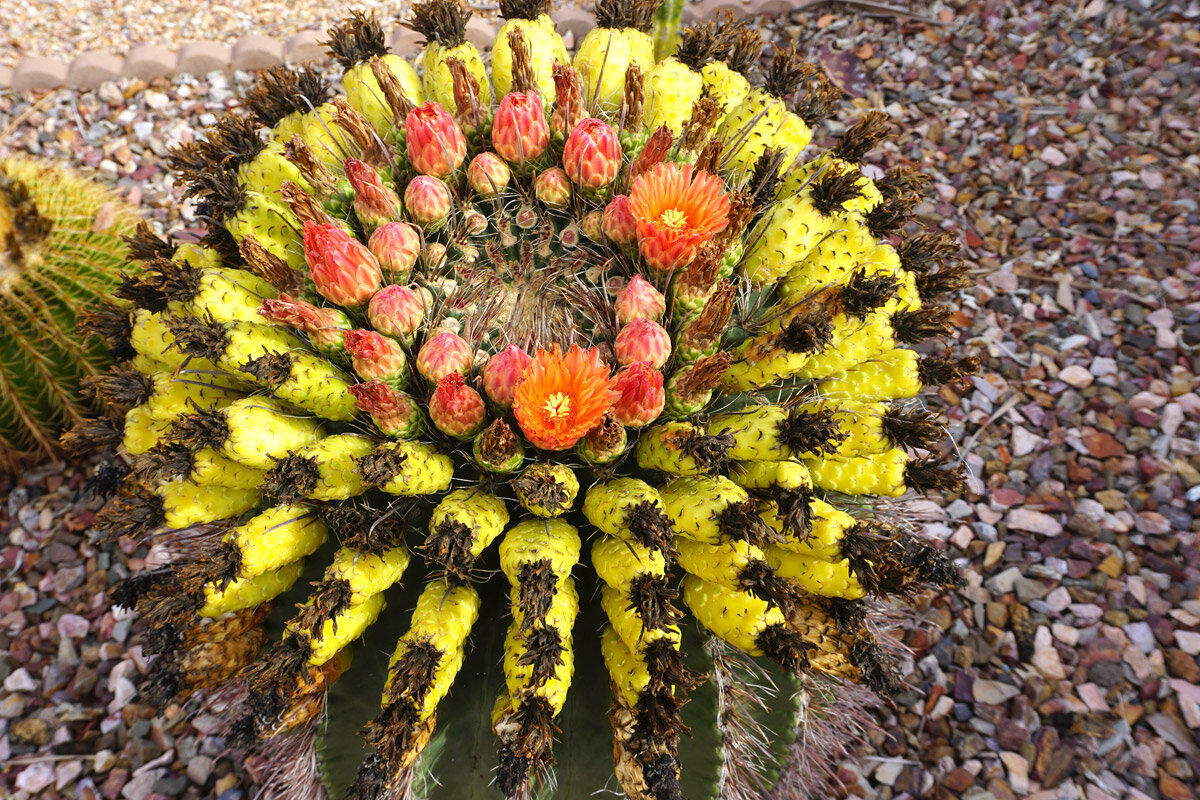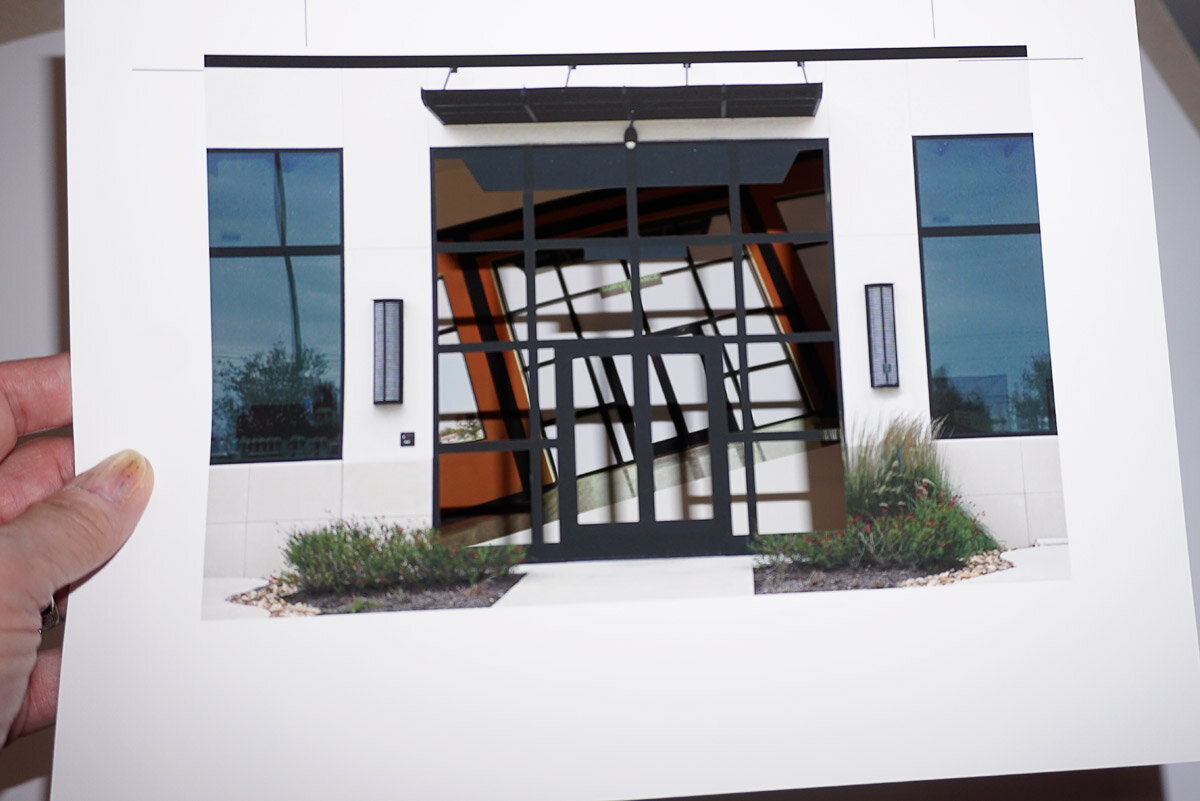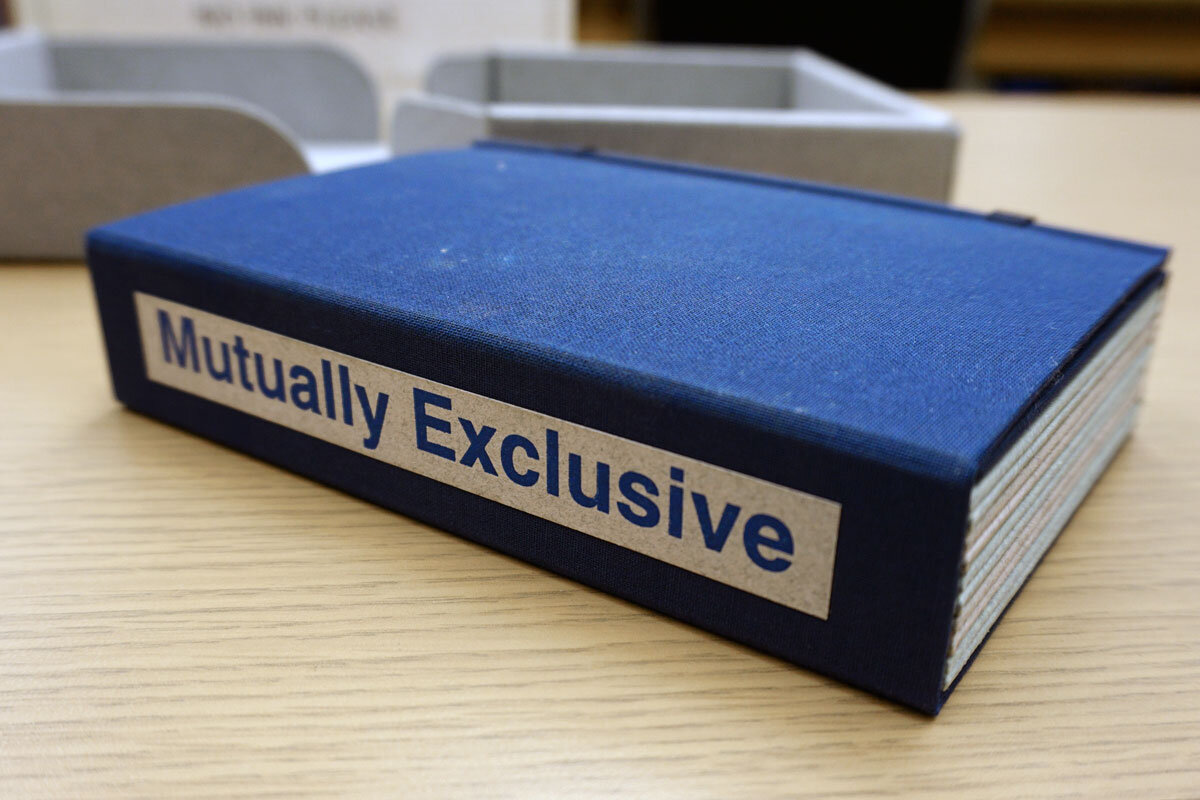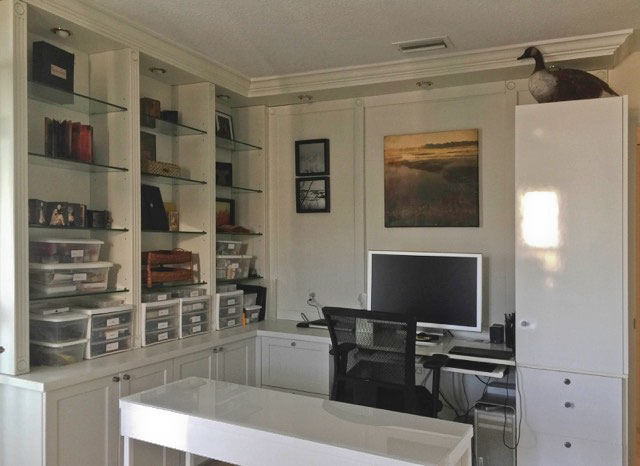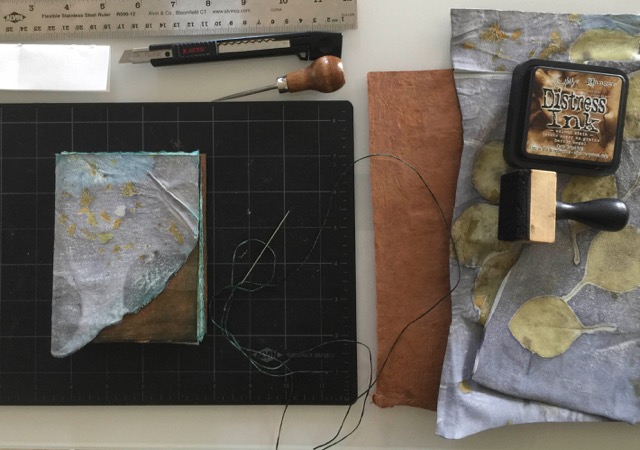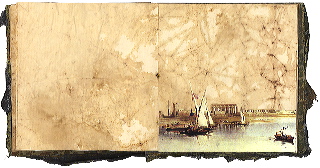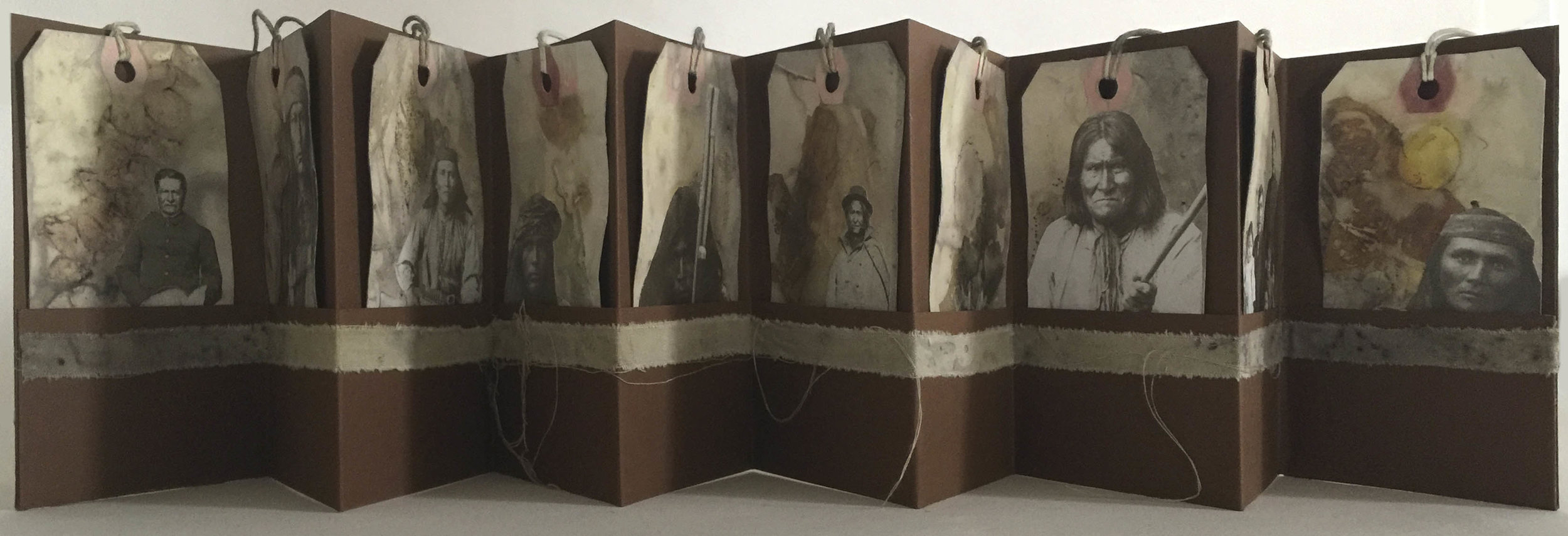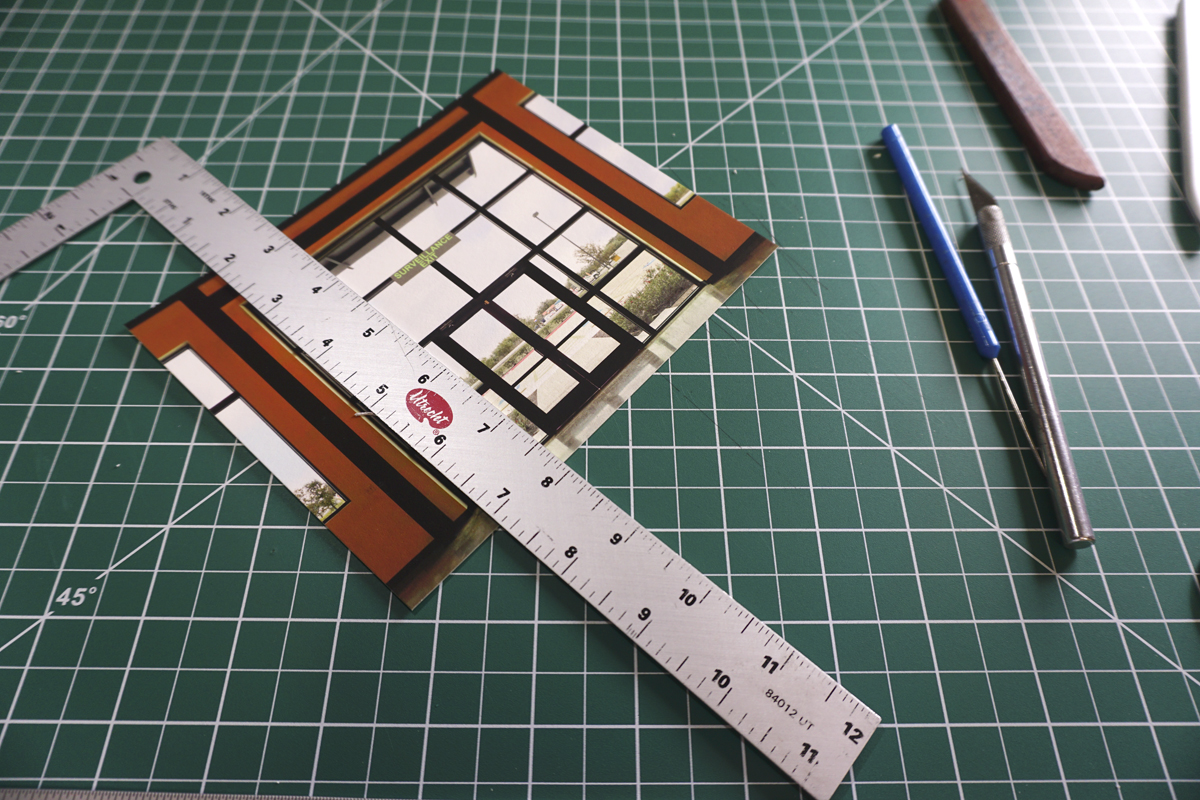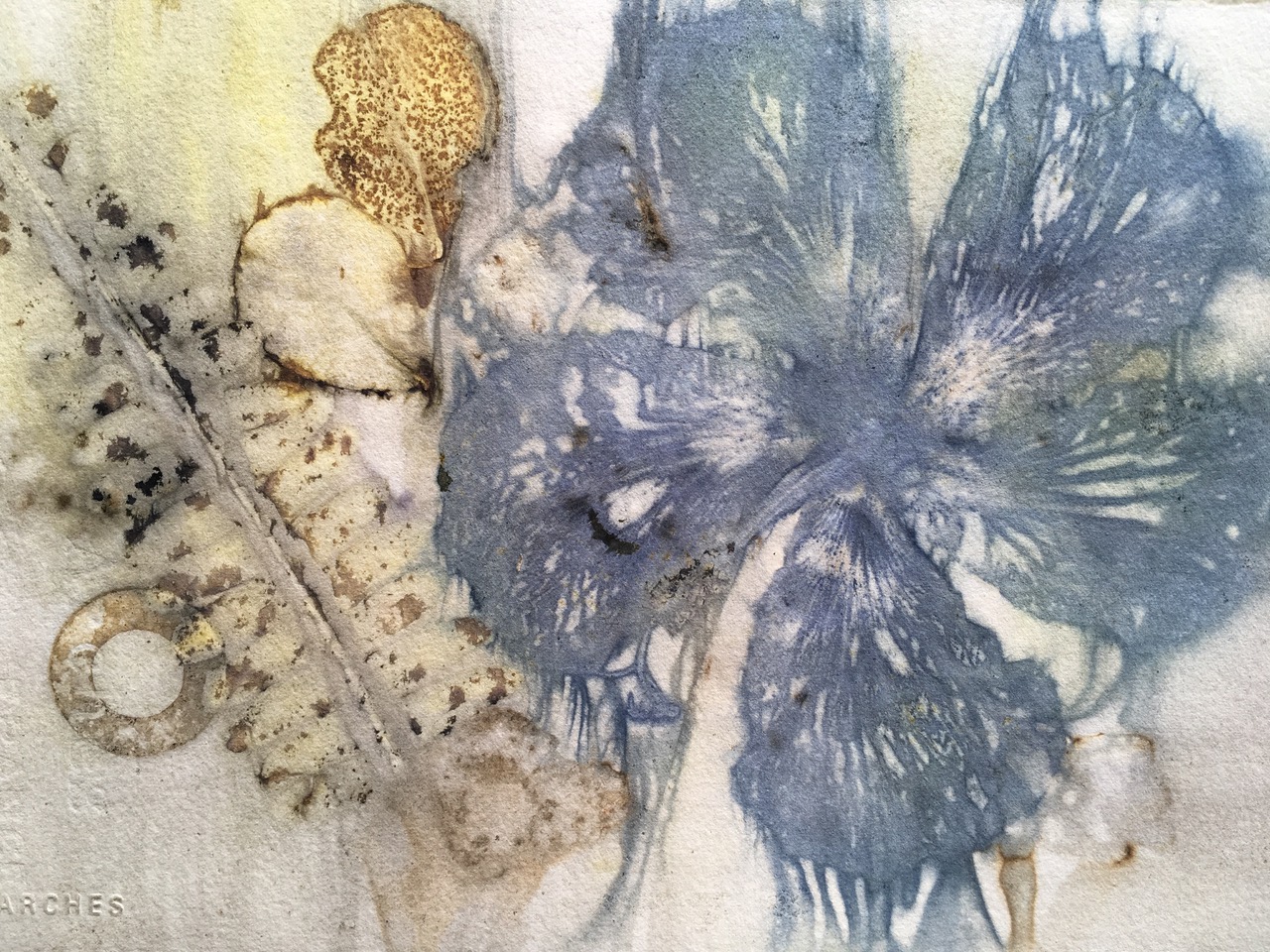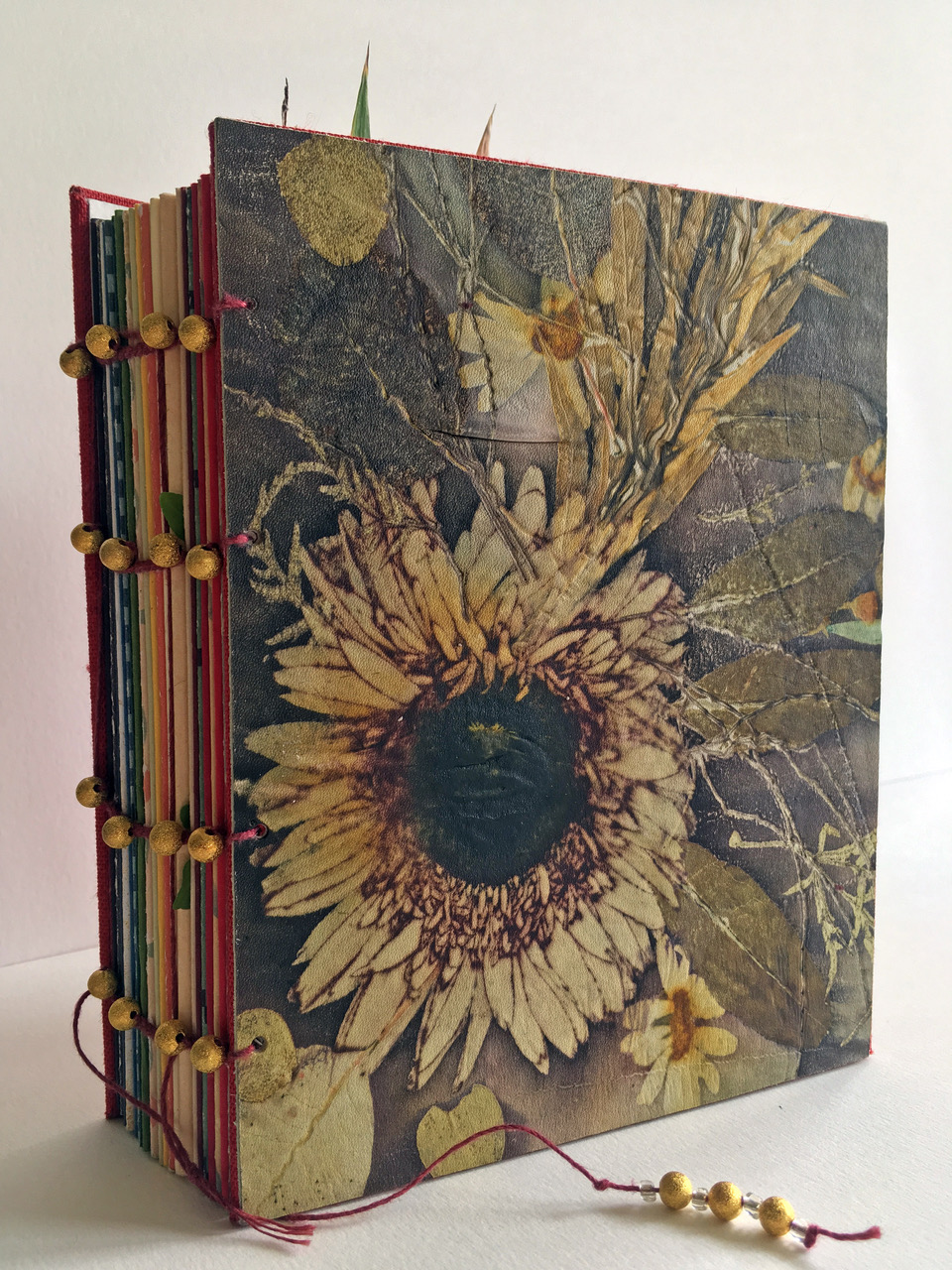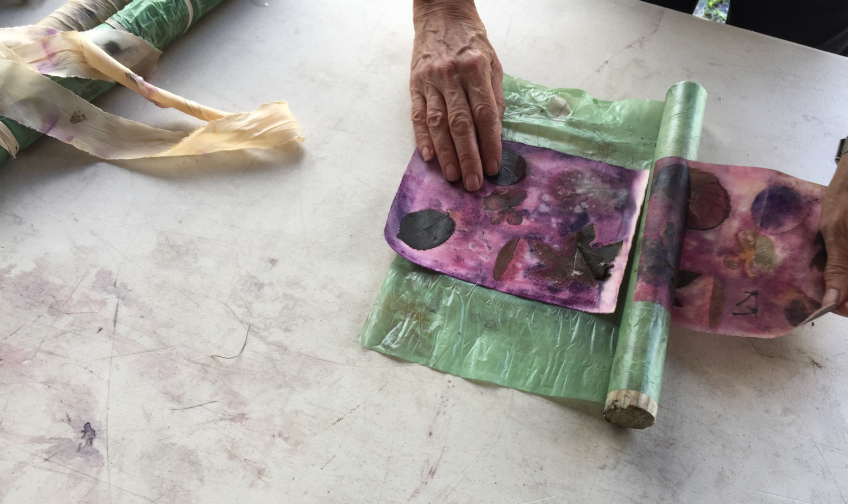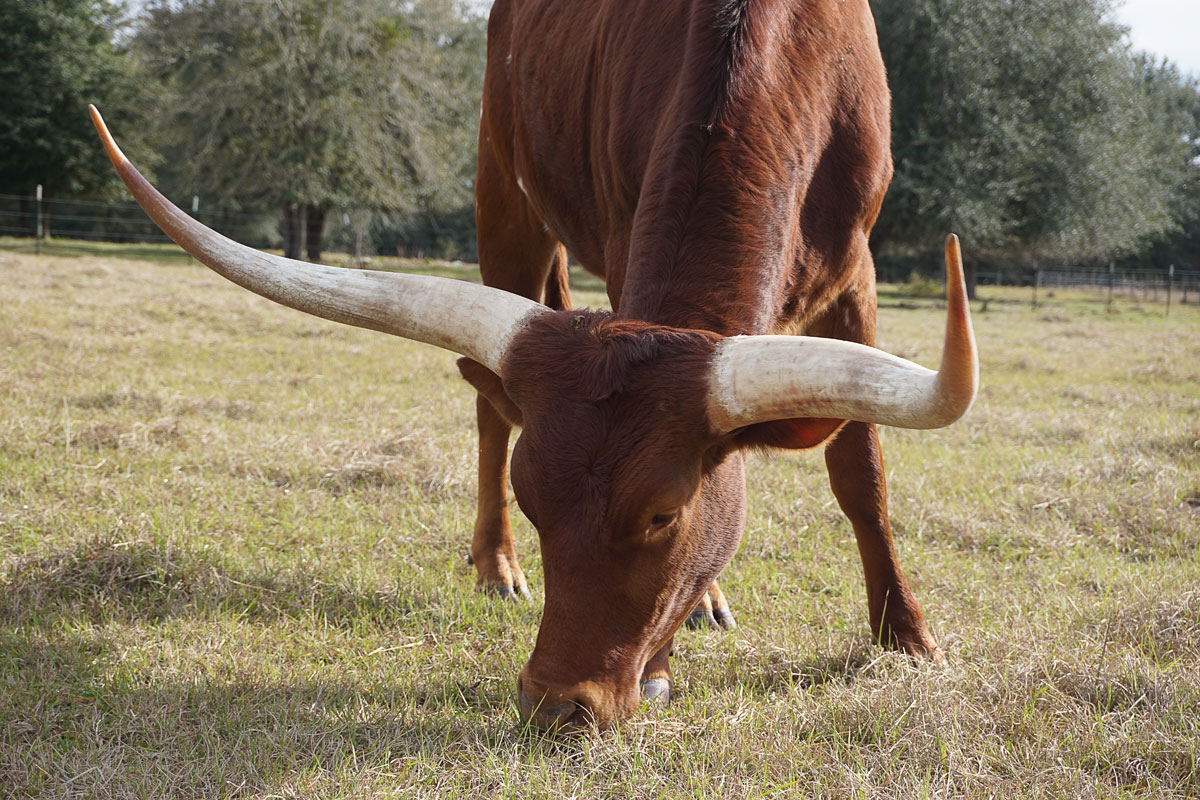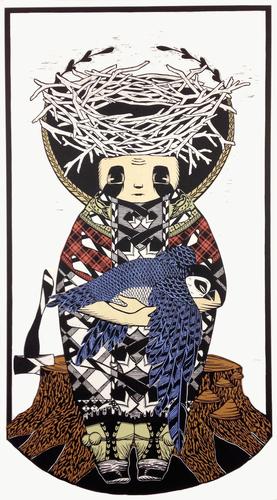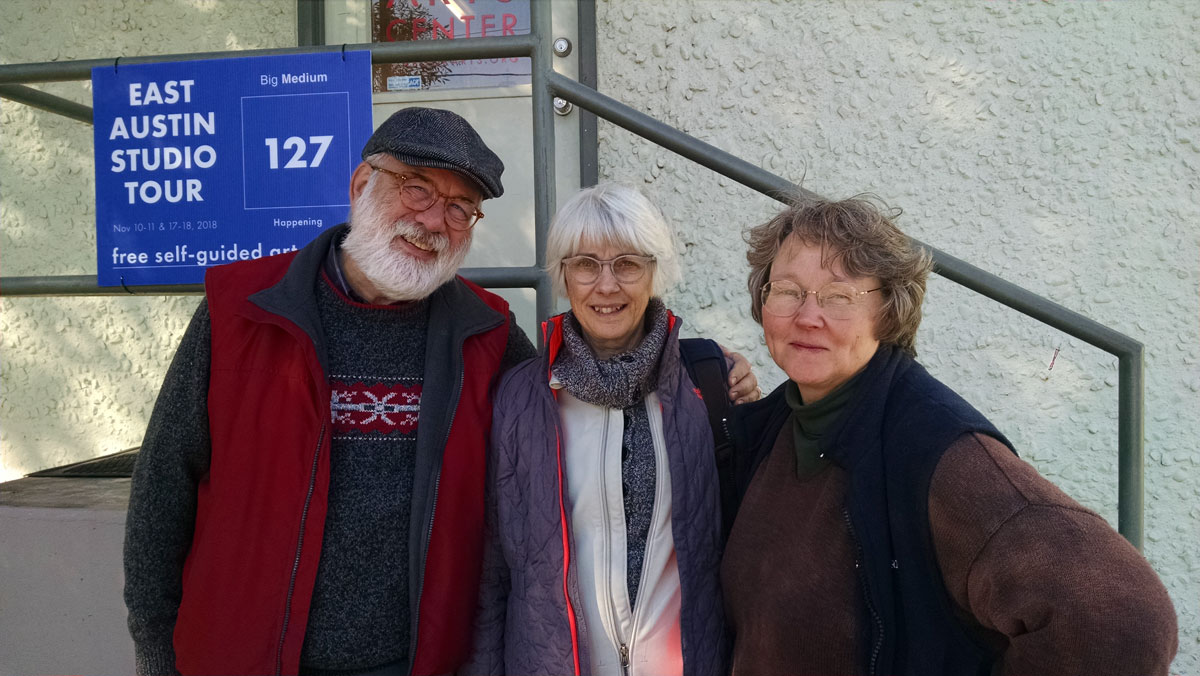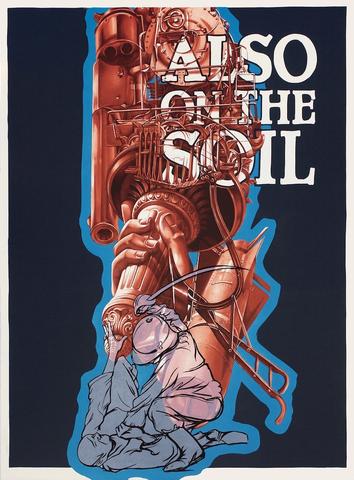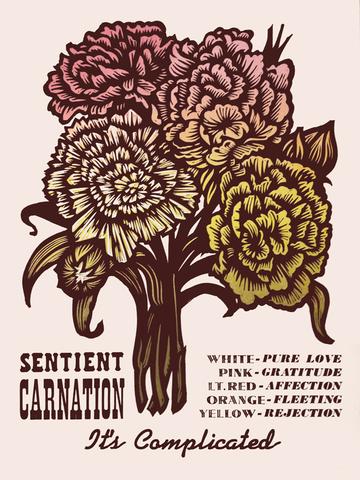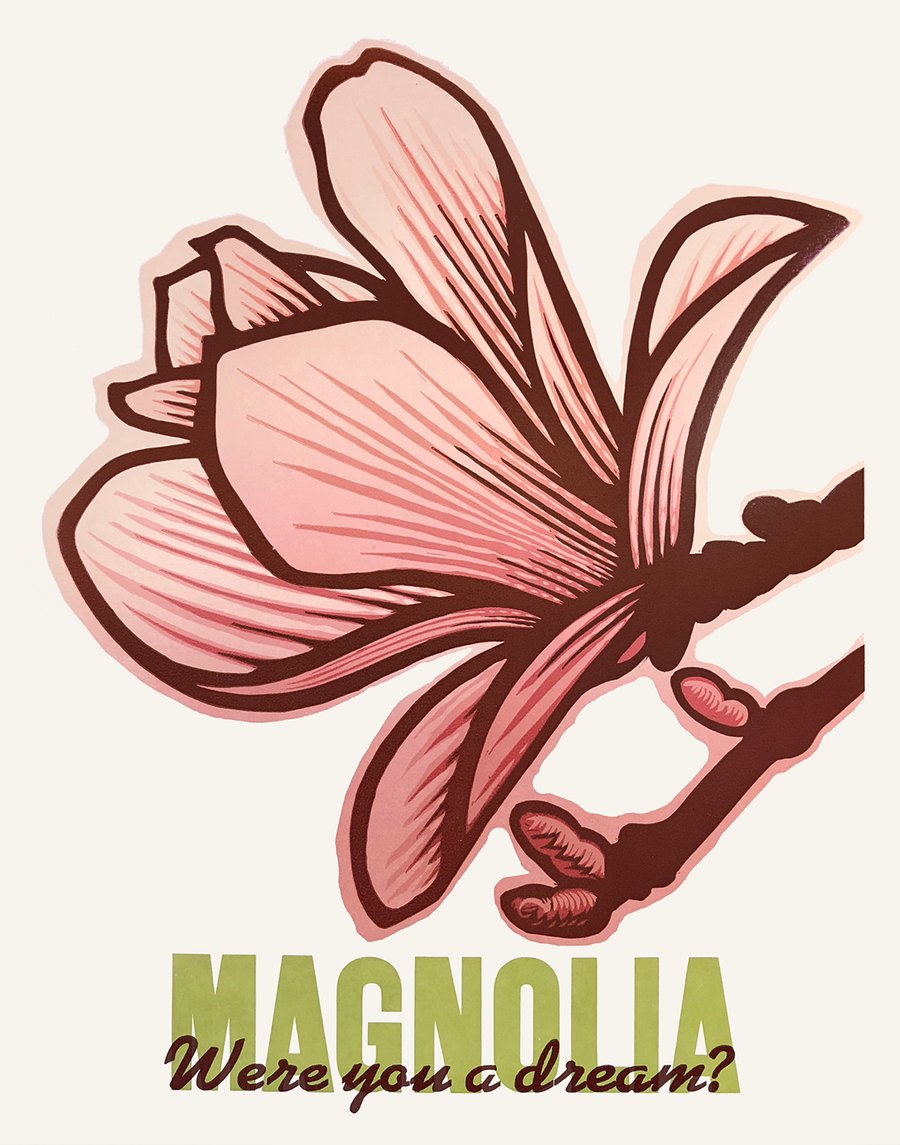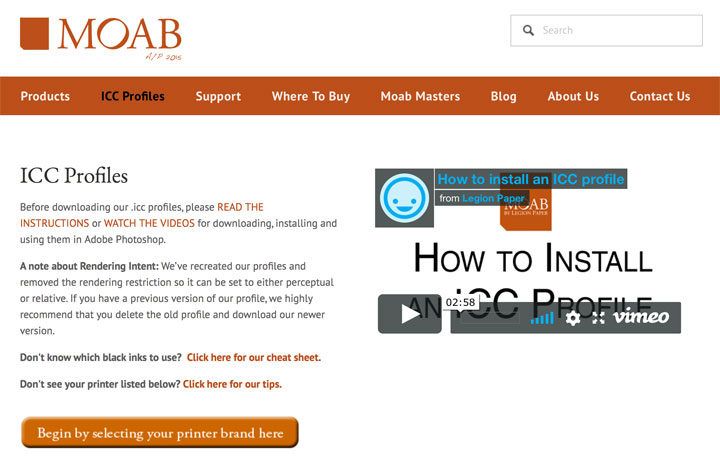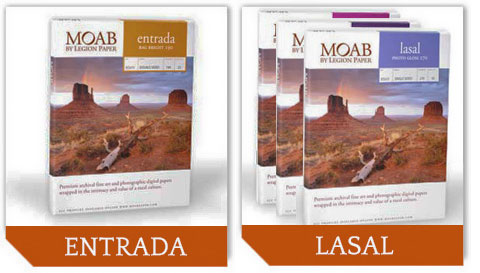Enjoy the new look of my Email Campaigns!
How are you all doing, after such a scorching summer (especially here in Arizona)? I’m looking forward to Fall with its cooler weather. I have been busy nesting more than producing artists’ books. My mind is cogitating on new ideas while my body is recovering from heat intolerance!
2021 © Louise Levergneux. Fishhook Barrel Cactus photographed in the resort where I live in Apache Junction, Arizona. It is a very prevalent in Arizona. Barrel Cactus (different types) are round, squat cacti that can live as long as 130 years. The most interesting fact about this cactus is that is often leans towards the southwest, so it can be used as a compass of sorts if you’re stranded in the middle of the desert.
The last few weeks I re-evaluated internet services, softwares, hours spent preparing posts, writing... This administrivia will make work flow better and less time consumed on managing different accounts and passwords. Those little tasks take so much time, but need to be done.
So, with all the nesting in our tiny home/studio, painting walls, cabinets, doors... I was able to achieve a home like feel to our small abode. This type of work which I have not done in long time triggered many memories. I enjoyed it, and I’m sure it will bring a fresh point of view and creativity for my next book with the working title “Secrets,” after the frenzy settles down.
Receiving news (links below) from galleries and museums through the month is uplifting. Many thanks, great work!
How can you not be excited by shows at 23 Sandy Gallery. The last exhibition through November 20, 2021, had many fantastic works. The International Juried Exhibition of Book Arts is entitled UNSEEN and is on view at the gallery form & concept. When imperceptible phenomena burst into view, revolutionary changes may follow. We learned this in 2020, as an invisible but deadly virus spread across the world, an urgent racial justice movement illuminated dark societal realities, and humanity’s long-simmering crimes against the environment unleashed fires and floods. Unseen forces can shape our lives and surface in unexpected ways, often altering our behaviors and worldviews if and when we are made aware of them. This exhibition explores the idea of the “unseen”—physically, psychologically, and philosophically.
Artist's Books Unshelved is an ongoing video series exploring selected pieces from the Cynthia Sears Artist’s Books Collection at the Bainbridge Island Museum of Art.
I love seeing emails from Robert Bolick in my inbox — it typically means goodies for the eyes and mind. Robert Bolick curates Books On Books Collection.
John Cutrone, Director of the Jaffe Center for Book Arts at Florida Atlantic University Libraries, is curator of the Jaffe Collection, and host for Book Arts 101 : Home Edition. John unpacks new items for the JCBA's permanent collection on each episode. These episodes can also be viewed at JCBA's Vimeo Channel.
I love reading blog posts written by artists. I equally enjoy receiving news on newly produced works.
If you are looking for a bit of humour, Big Jump Press blog written by Sarah Bryant is always encouraging.
I enjoy receiving news from Magog, Québec, through the blog of Guylaine Couture. You can also view her most recent book “Interest & exchange in the dirt,“ part of the exhibition UNSEEN.
Check out Cathryn Miller’s blog to follow what Byopia Press is teaching us these days.
2021 © Amandine Nabarra. The last Breath
Amandine Nabarra’s blog presents us with her sensitive, well designed artists’ books.
2021 © Thomas Parker Williams. Two Moons, published by Thomas; text and poetry selection by Mary Agnes Williams.
If conceptual sources from the theme of mathematics, music, literature, theology, philosophy, astronomy, history, natural sciences, architecture, and Eastern thought are of interest, view Thomas Parker Williams artists’ books.
Read more on Philip Zimmermann’s recent artists’ book Delirium and watch this short video.
Let's not forget Helen Hiebert and her superbly, well-informed posts on papermaking. Helen Hiebert video — All About Helen Hiebert Studio.
And last but no least, reading information coming from the BOOK_ARTS-L@LISTSERV.SYR.EDU can be eye opening. Sara Halpert, Museum Manager at The Printing Museum in Carson, California, compiled THE ULTIMATE PRINTING MAP where you can examine local places of interest in your corner of the world.
Videos that are part of this post are viewable only on my website!
Need to get back to work and read more news coming via email. Thanks for keeping me informed. Oh! By the way, Let me say that working with Squarespace’s Email Campaign feature is so much easier than Mailchimp. What has been your experience?

